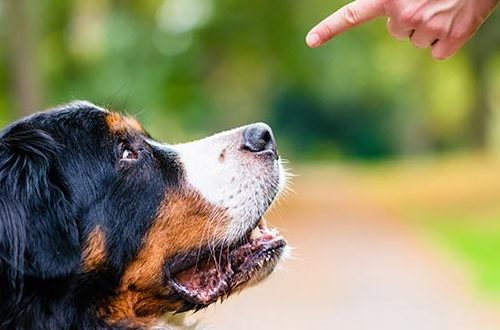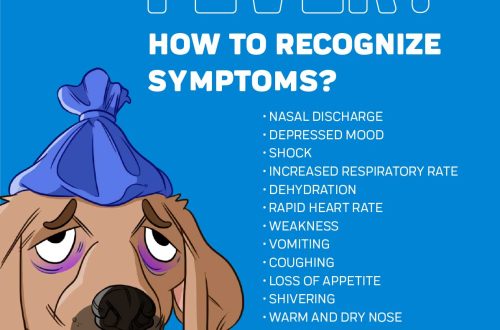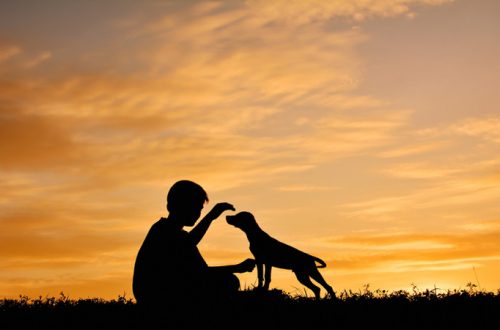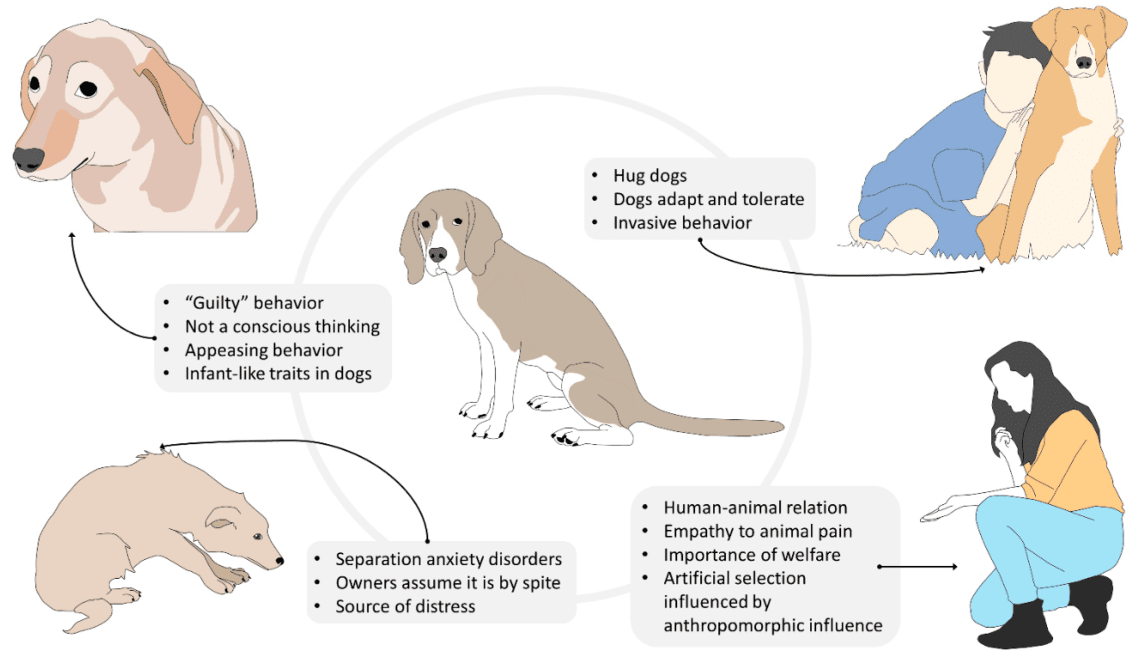
Dog Diagnostic Games: Empathy
To better understand your dog, you need to imagine how its inner world works. And there are diagnostic games that will help us better understand who we are dealing with.Empathy is the ability to empathize, understanding what another being feels. You can check how developed this quality is in your dog.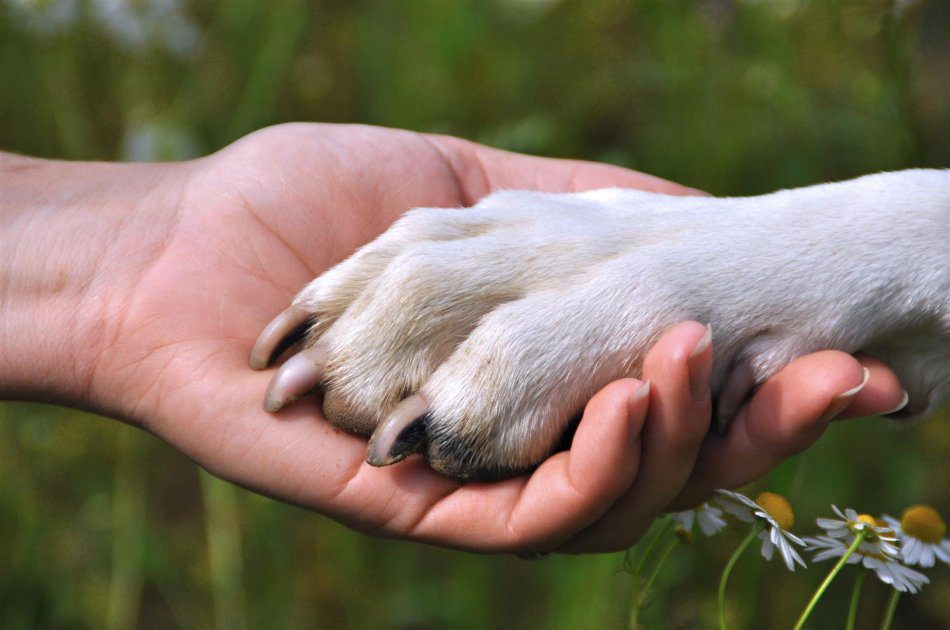
Game one – yawning
For this game you need a small room where you can see the dog all the time. Do not worry if she does not sit still, but wanders around the room or even falls asleep. As long as you can see her, you’re fine. You’ll also need another person to signal you and a timer.
- Sit on the floor so that the dog is standing, sitting or lying in front of you.
- Ask your partner to turn on the timer when you’re ready. He must give signs (eg, slightly nod his head) every 5 seconds for 30 seconds. And on a signal, you will need to pronounce some neutral word (the same one – for example, “Yolka”), which sounds like a yawn. Don’t worry if the dog isn’t sitting right in front of you. As long as you see her, all is well. Your task is to notice the moment when she yawns (if she does).
- When 30 seconds have passed, start the second stage. For 2 minutes (the partner starts the timer again) you just sit and do not interact with the dog. Don’t pay any attention to her, even if she approaches you and invites you to interact. Your task is to notice the moment when she yawns (if she does).
Don’t be upset if the dog doesn’t pay attention to you at all. The main thing is that you do not miss a yawn, if there is one. A yawn can be an indicator of distress, but in this case, it means the ability to pick up on a person’s emotions. By the way, people with a high level of empathy will also almost certainly yawn if someone yawns in their company. The earlier a dog yawns, the more empathic it has. If a dog does not yawn at all, then individualism is stronger in him than empathy. However, studies show that only 20% of dogs have the level of empathy to yawn in this situation.
The earlier a dog yawns, the more empathic it has. If a dog does not yawn at all, then individualism is stronger in him than empathy. However, studies show that only 20% of dogs have the level of empathy to yawn in this situation.
There is no “good” or “bad” result in this game. These are simply features of your dog that you can take into account in the course of communication with him and training.
Game two – eye contact
For this game you need a small room where you can see the dog all the time. Don’t worry if she pays little attention to you. As long as you can see her, you’re fine. You’ll also need another person to give you signals, a timer, and a treat (or small toy).
- Stand in front of the dog facing him. The dog should be standing, sitting or lying directly in front of you.
- Say the dog’s name and show that you have a treat in your hands.
- Hold the treat right under your eye and look at the dog. At this point, your partner starts the timer.
- For 10 seconds, just look at the dog with a treat near your eye and remain silent. Once 10 seconds have passed, give your pet a treat. The treat is given regardless of whether the dog continues to make eye contact or turns away. Instead of treats, you can use a small toy. Your task is to notice the moment when the dog looks away.
- You need to play this game 3 times (10 seconds each).
If the dog is nervous or anxious, take a break. It is possible that the dog will stare at you for 10 seconds all 3 times. The longer a dog can look you in the eye without looking away, the more empathic it develops. The sooner she looks away (or even begins to wander around the room), the more developed her individualism. There is no “good” or “bad” result here. These are simply features of your dog that you can take into account in the course of communication with him and training.
Studies have shown that when the owner and dog look into each other’s eyes, the level of the hormone oxytocin rises in humans. Oxytocin is also known as the pleasure and attachment hormone.
But not all dogs feel comfortable looking a person in the eye. Dogs, which are a little more like wolves, avoid looking into the eyes of a person for a long time. But this does not mean that they are not attached to the owner – they have other ways to show their love. And you can increase the level of oxytocin by hugging a dog or playing with it – this is also experimentally proven. By the way, playing with a dog is more relaxing than reading an interesting book! So feel free to play with your pets.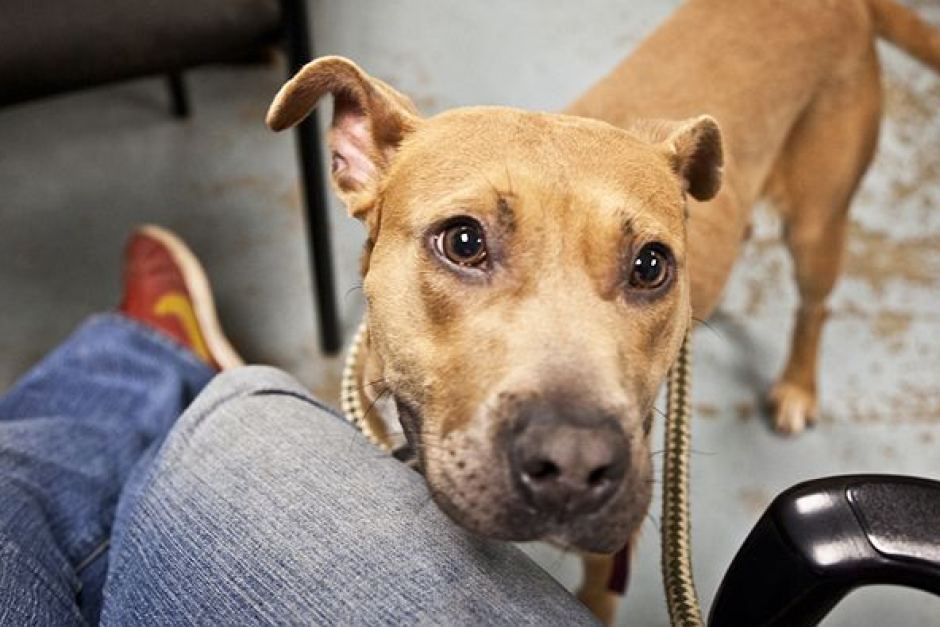 Having an empathic dog is wonderful. This dog subtly feels your mood and is on the same wavelength with you.
Having an empathic dog is wonderful. This dog subtly feels your mood and is on the same wavelength with you.
However, remember that empathy is not a measure of love or affection.
Individualistic dogs can love their owner just as much as dogs with a high level of empathy. At the same time, they are quite capable of entertaining themselves alone and are better at solving problems on their own, without the help of a person.
Video of diagnostic games with a dog: empathy
“Experimental” – Ajax Airedale Terrier puppy (10 months).
In the first game, he did not want to yawn, and in the second eye contact took place the second and third time (but not the first). As you can see, he, like most terriers, nevertheless showed himself to a greater extent as an individualist. 🙂 But when they replayed a month and a half later, he still blundered in the first game, which means he entered the 20% of dogs with highly developed empathy. Perhaps by then the bond between us had become stronger. All diagnostic games in English can be found at dognition.com



